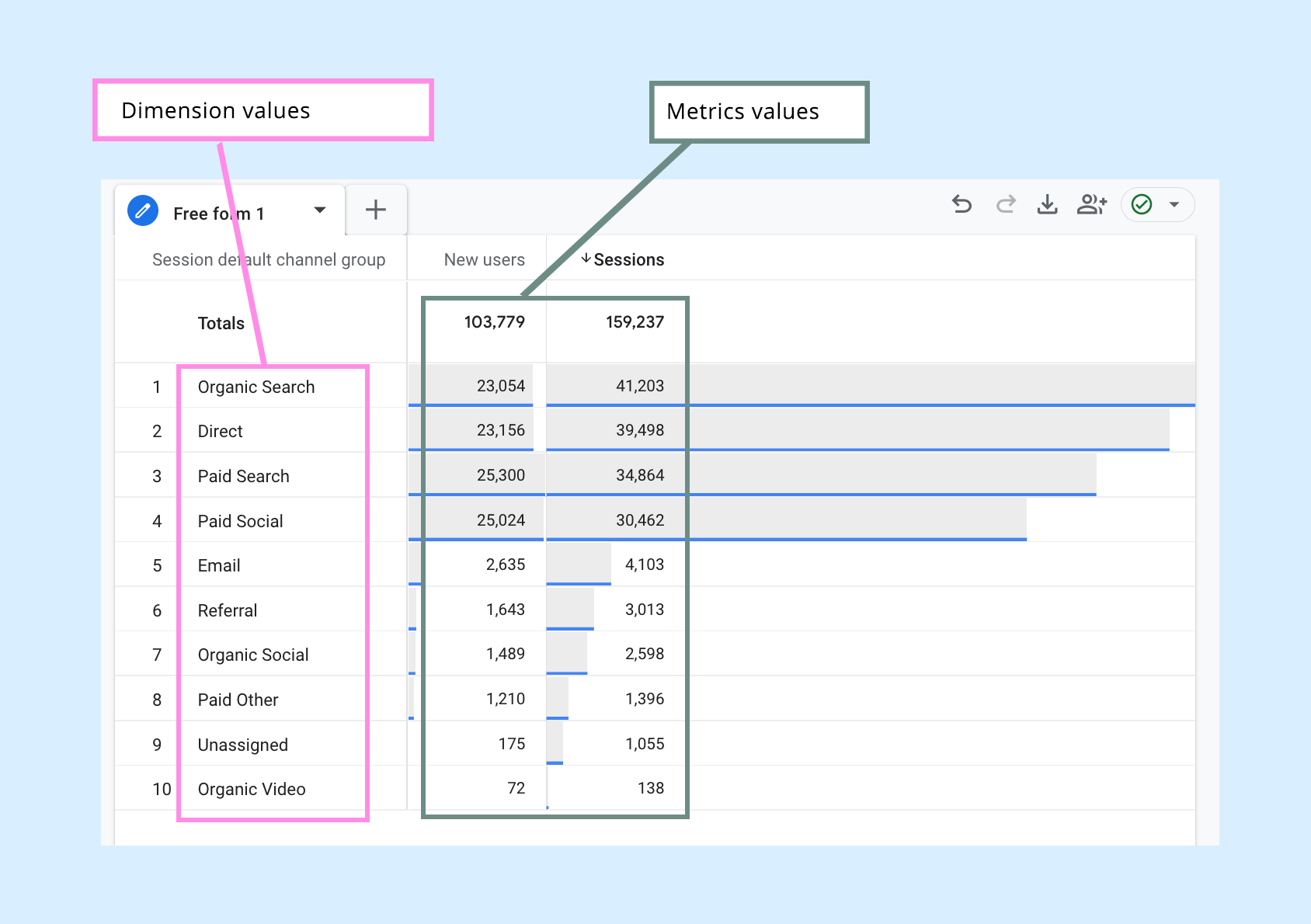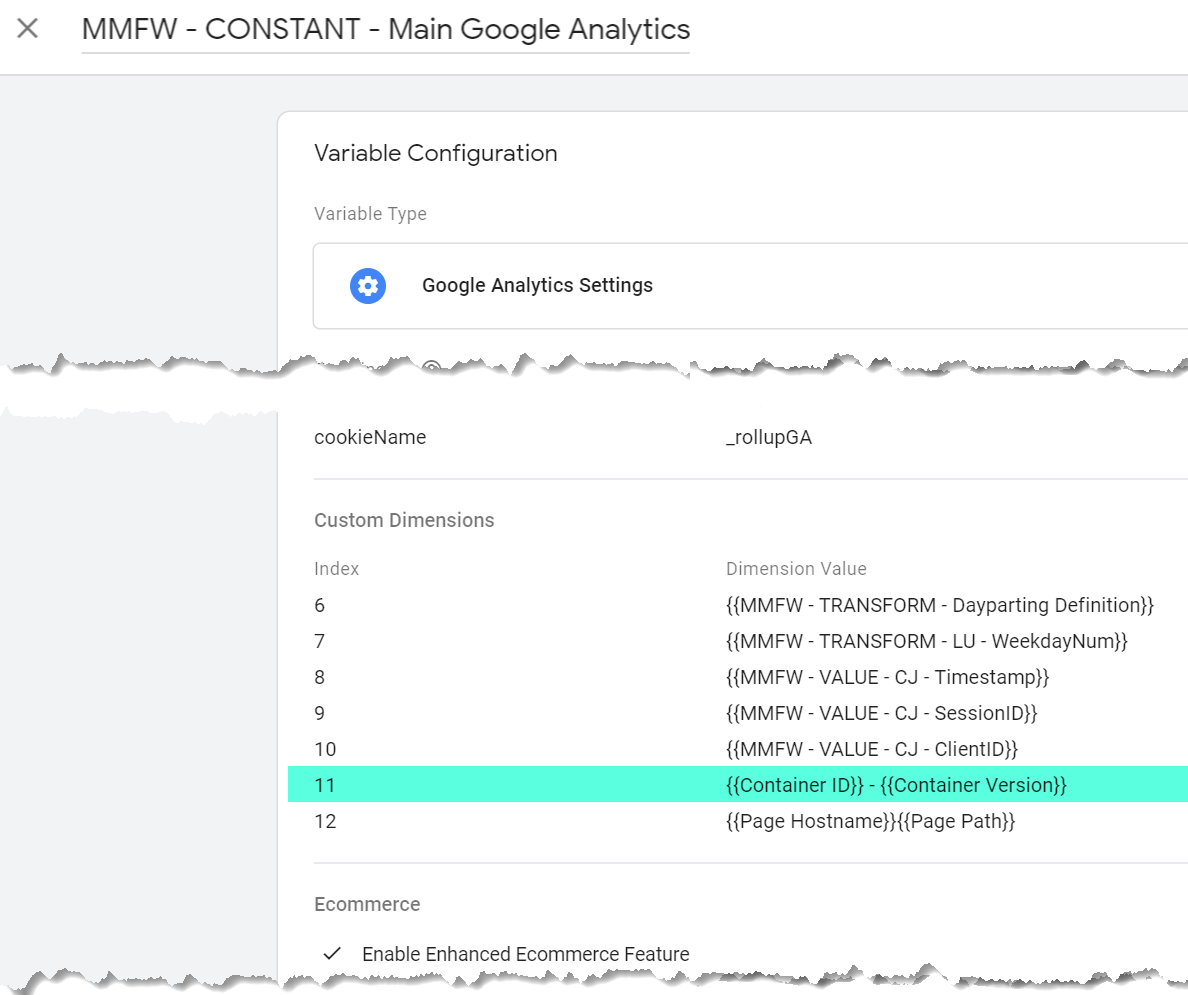Navigating the Midst of Secondary Dimension in Google Analytics: An In-depth Expedition on Its Functionality
In the realm of digital analytics, the details of data interpretation frequently hold the secret to unlocking useful understandings. Within the extensive toolkit of Google Analytics exists an attribute that offers as a hidden gem for those that seek a deeper understanding of user behavior and site efficiency. Additional measurements, though apparently simple initially glance, harbor a wealth of untapped prospective waiting to be taken advantage of. As we embark on this trip to check out the nuanced functionality of additional dimensions, we will certainly uncover just how this feature can illuminate patterns, unveil correlations, and eventually lead the way for informed decision-making in the electronic landscape.
Understanding Second Dimensions in Google Analytics

Recognizing just how secondary dimensions job is crucial for leveraging the full power of Google Analytics. These dimensions help you answer a lot more intricate concerns about user behavior and the performance of your site material and advertising efforts. You can use additional dimensions to examine which web browsers or gadgets are most commonly utilized by site visitors that make a purchase, or to contrast the bounce prices of different traffic resources. By incorporating main metrics with additional dimensions, you can obtain valuable understandings that drive educated decision-making and optimization approaches - what is a “secondary dimension” in google analytics?.
Leveraging Secondary Dimensions for Information Analysis
Structure upon the foundational understanding of exactly how additional measurements enhance data evaluation in Google Analytics, the use of these additional layers of information ends up being vital in removing beneficial understandings for educated decision-making and optimization strategies. By leveraging second measurements, analysts can delve deeper into the efficiency metrics by including more context to the primary measurements, therefore revealing concealed patterns and correlations that could not be noticeable in the beginning look. This much deeper degree of analysis allows services to much better recognize user actions, recognize patterns, and determine locations for renovation.
Furthermore, second measurements offer an even more detailed sight of the data, permitting division based on numerous specifications such as demographics, devices, website traffic resources, and a lot more. This segmentation promotes an extra granular evaluation, allowing businesses to tailor their projects and approaches to details audience segments for boosted targeting and personalization. Essentially, the strategic use additional dimensions empowers companies to make data-driven decisions that drive development and success in the digital landscape.
Advanced Strategies for Secondary Measurement Implementation
Discovering complex approaches to harness the full capacity of secondary dimensions in Google Analytics raises the depth and class of information analysis for strategic decision-making. One advanced method for implementing secondary measurements is the use of customized dimensions. By defining customized measurements, individuals can segment data better to gain more details insights into user habits, such as tracking interactions with specific components on a web page or monitoring the efficiency of a particular marketing campaign. One more innovative technique is the application of regex (normal expressions) within secondary dimensions. Regex enables more effective and versatile pattern matching, enabling customers to create complicated filters for data analysis. Additionally, combining second dimensions with advanced sections can provide much more granular insights by using numerous layers of division to the information. This technique enables a much deeper understanding of individual habits based on different standards official site concurrently. Executing these sophisticated techniques for second measurements in Google Analytics empowers customers to perform extra advanced evaluation and make data-driven decisions with accuracy.
Interpreting Insights With Second Measurements

When translating understandings via secondary measurements, it is vital to think about the context of the information and exactly how different measurements interact with each various other. For instance, understanding which specific traffic sources bring about greater conversion rates or determining which tools users like for making acquisitions can offer actionable insights for maximizing advertising projects and improving overall site performance. By very carefully checking out the information with secondary measurements in mind, companies can make enlightened choices that drive significant outcomes and improve their electronic existence.
Maximizing Efficiency With Secondary Measurements

One vital method to optimize performance with additional measurements is by segmenting data a lot more granularly. This allows you to separate specific elements that might be affecting your metrics and obtain a much better understanding of what drives success or failure in your digital campaigns. By incorporating second dimensions such as 'device category' and 'landing page,' you can identify which gadget kinds are most reliable for particular touchdown pages, allowing you to customize your strategies as necessary.
Additionally, using second measurements can help you recognize fads, patterns, and connections that might not be evident when evaluating information with primary dimensions alone. This deeper level of evaluation can result in even more educated decision-making and ultimately boost the general efficiency of your internet site or digital advertising and marketing campaigns.
Final Thought
In conclusion, additional dimensions in Google Analytics play a vital role in enhancing data analysis and providing much deeper insights into site efficiency. By using innovative techniques and analyzing the information successfully, companies can enhance their methods and improve general performance. Recognizing the functionality of second measurements is important for making educated decisions and driving success in the electronic landscape.
By leveraging secondary dimensions, analysts can delve much deeper right into the efficiency metrics by including even more context to the key measurements, hence discovering covert patterns and correlations that could not be apparent at initial glance. One advanced technique for implementing additional dimensions is the usage of custom measurements.Having understood innovative strategies like custom dimensions and regex for second dimension implementation in Google Analytics, the following essential action is interpreting the important insights obtained through these innovative information division techniques. Analyzing understandings via second dimensions involves assessing the partnerships in between the second and main measurements selected, revealing patterns, fads, and relationships that might not be instantly obvious when looking at the information in its whole.When translating their explanation understandings via additional dimensions, it is vital to think about the context of the data and exactly how various measurements communicate with each other.